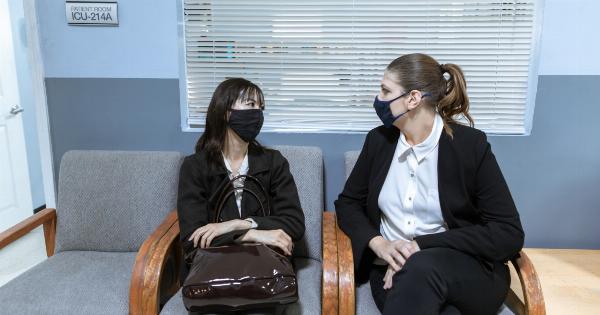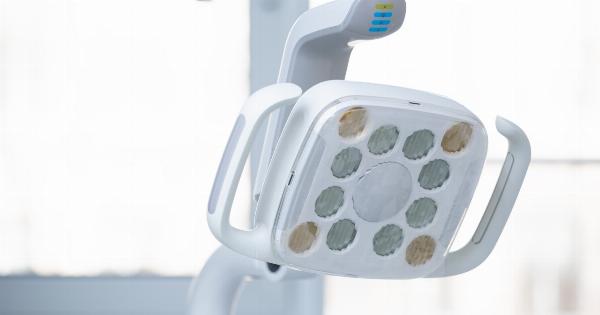The pandemic has been an unprecedented global crisis that has affected millions of people worldwide. It has changed the way we live, work, and interact with others. While the impact has been felt by almost everyone, some have been hit harder than others.
In this article, we will discuss how the pandemic proved to be a deadly threat to 35 patients.
The Tragic Story of 35 Patients
Amidst the chaos caused by the pandemic, a hospital in a small town reported a sudden rise in the number of patients with COVID-19 symptoms. In a matter of days, the number of patients admitted soared from single digits to triple digits.
At the forefront of this crisis were 35 patients who were in critical condition.
Despite the hospital’s best efforts, the condition of these 35 patients continued to deteriorate. Doctors, nurses, and other healthcare workers worked tirelessly around the clock to provide them with the care they needed.
The hospital was soon running out of space, equipment, and medical supplies, but the staff refused to give up.
The Impact of the Pandemic
The pandemic has had a profound impact on the healthcare industry. Hospitals and other healthcare facilities have been stretched thin, and healthcare workers have been pushed to their limits.
The shortage of medical supplies, equipment, and personnel has made it difficult for healthcare workers to provide the necessary care to patients.
Moreover, patients who are already suffering from underlying health conditions are at a higher risk of developing severe symptoms when infected with the virus. This was the case with the 35 patients mentioned above.
They were already vulnerable, and the pandemic only worsened their condition.
The Need for Preparedness
The tragic story of the 35 patients highlights the need for preparedness in the face of a crisis. The pandemic caught many countries off guard, and healthcare systems were not adequately equipped to handle the influx of patients.
As a result, many lives were lost.
It is crucial to have a well-equipped and well-trained healthcare system that can respond quickly and effectively in times of crisis.
Hospitals should have contingency plans in place for emergencies and should work closely with local and national health authorities to ensure a coordinated response.
The Importance of Vaccinations
Vaccinations have proven to be an effective tool in the fight against the pandemic. They help build immunity against the virus and reduce the severity of symptoms. Vaccinations also play a crucial role in preventing the spread of the virus.
Healthcare workers, vulnerable populations, and those with underlying health conditions should be given priority when it comes to vaccinations. This will not only protect them but also help ease the burden on the healthcare system.
The Role of Healthcare Workers
Healthcare workers have been at the forefront of the fight against the pandemic. They have worked tirelessly to care for patients and have put their lives at risk to protect others.
It is essential to recognize the sacrifices they have made and provide them with the support they need.
Healthcare workers should be provided with adequate personal protective equipment (PPE), training, and mental health support. They should also be given priority when it comes to vaccinations.
This will not only protect them but also ensure that they can continue to serve their communities.
The Importance of Collaboration
The pandemic has highlighted the importance of collaboration between different organizations and countries. The virus knows no borders, and its impact has been felt across the globe.
It is crucial to work together to develop effective strategies and solutions.
Health authorities, governments, and international organizations should work together to share information, resources, and best practices. This will help ensure a coordinated response and reduce the impact of the pandemic.
The Need for a Long-Term Vision
Finally, it is crucial to have a long-term vision when it comes to healthcare and disease preparedness. The pandemic has caught many countries off guard, but it also provides an opportunity to learn and improve for the future.
Investments in healthcare infrastructure, research, and development, and disease surveillance systems can help prevent future pandemics.
It is also essential to address underlying health disparities and inequalities that make certain populations more vulnerable to the impacts of pandemics.




























